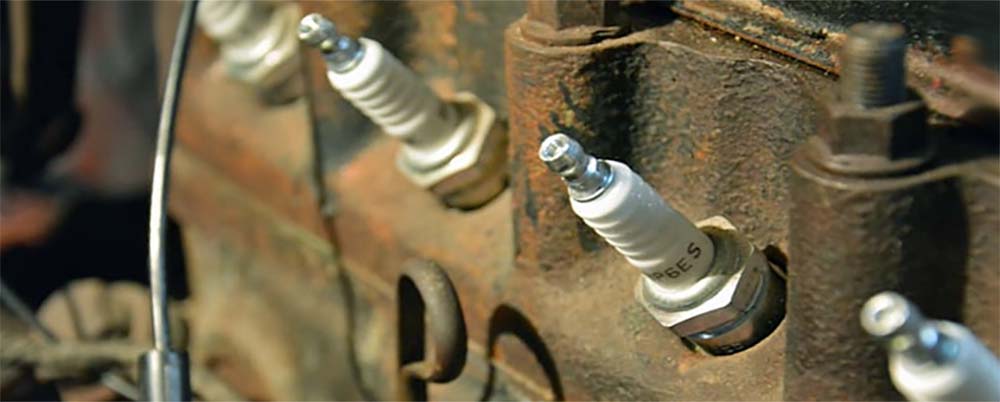Spark plugs play a vital role in your vehicle’s internal combustion engine. They ignite the air-fuel mixture in the combustion chamber, generating the power needed to propel your vehicle. Proper installation and tightening of spark plugs are essential for optimal engine performance and longevity. This article will discuss the importance of tightening spark plugs correctly, how to find the appropriate torque specifications, and the process for proper installation.
Why Proper Tightening is Crucial
Correctly tightening spark plugs is crucial to ensure they function efficiently and to avoid damage to your engine. Over-tightening can lead to stripped threads or broken spark plugs, while under-tightening can cause poor combustion, loss of power, and potential engine damage. Ensuring that spark plugs are tightened to the appropriate torque specifications can help prevent these issues and maintain your engine’s performance.
Finding the Right Torque Specifications
Torque specifications for spark plugs vary based on factors such as the plug’s material and the engine’s design. Consult your vehicle’s owner’s manual or the spark plug manufacturer’s guidelines to find the appropriate torque specifications for your specific vehicle and spark plug type. Adhering to these guidelines will help ensure proper installation and avoid potential damage. Additionally, understanding how to regap spark plugs is crucial for optimal engine performance and fuel efficiency. The gap between the center and ground electrode should be set according to the manufacturer’s recommended specifications.
Tools Needed for Proper Spark Plug Installation
To properly tighten spark plugs, you will need a few essential tools. These include a spark plug socket, a torque wrench, a ratchet, and an extension bar if necessary. Using the appropriate tools will help ensure that you can accurately and safely tighten the spark plugs to the required torque specifications.

Step-by-Step Guide to Tightening Spark Plugs
Follow these steps to properly tighten your spark plugs:
- Make sure your engine is cool before working on it.
- Remove the existing spark plugs using a spark plug socket and ratchet.
- Inspect the new spark plugs for any visible damage and ensure they are gapped correctly.
- Hand-tighten the new spark plugs until they are snug.
- Attach the torque wrench to the spark plug socket and set it to the recommended torque specification.
- Gradually tighten the spark plugs using the torque wrench, applying even pressure until the wrench clicks, indicating the specified torque has been reached.
Signs That Your Spark Plugs May Be Too Tight or Loose
If your spark plugs are not tightened correctly, your engine may exhibit signs of poor performance or damage. Signs that your spark plugs may be too tight include difficulty starting the engine, poor acceleration, or a noticeable drop in fuel efficiency. Conversely, signs that your spark plugs may be too loose include misfires, engine hesitation, or an increase in exhaust emissions. If you notice any of these symptoms, inspect your spark plugs and adjust the tightening as necessary.
Conclusion: Ensuring Optimal Engine Performance
Properly tightening spark plugs is critical for maintaining optimal engine performance and avoiding potential damage. By following the recommended torque specifications, using the appropriate tools, and adhering to a proper installation process, you can ensure that your vehicle’s spark plugs are installed correctly and functioning efficiently.
Regularly inspecting and replacing worn or damaged spark plugs can help prevent engine issues and prolong the life of your vehicle’s engine. By taking the time to tighten your spark plugs correctly, you can enjoy a smoother, more efficient, and reliable driving experience. Remember to consult your vehicle’s owner’s manual or the spark plug manufacturer’s guidelines for specific torque specifications and maintenance recommendations to keep your engine running at its best.



